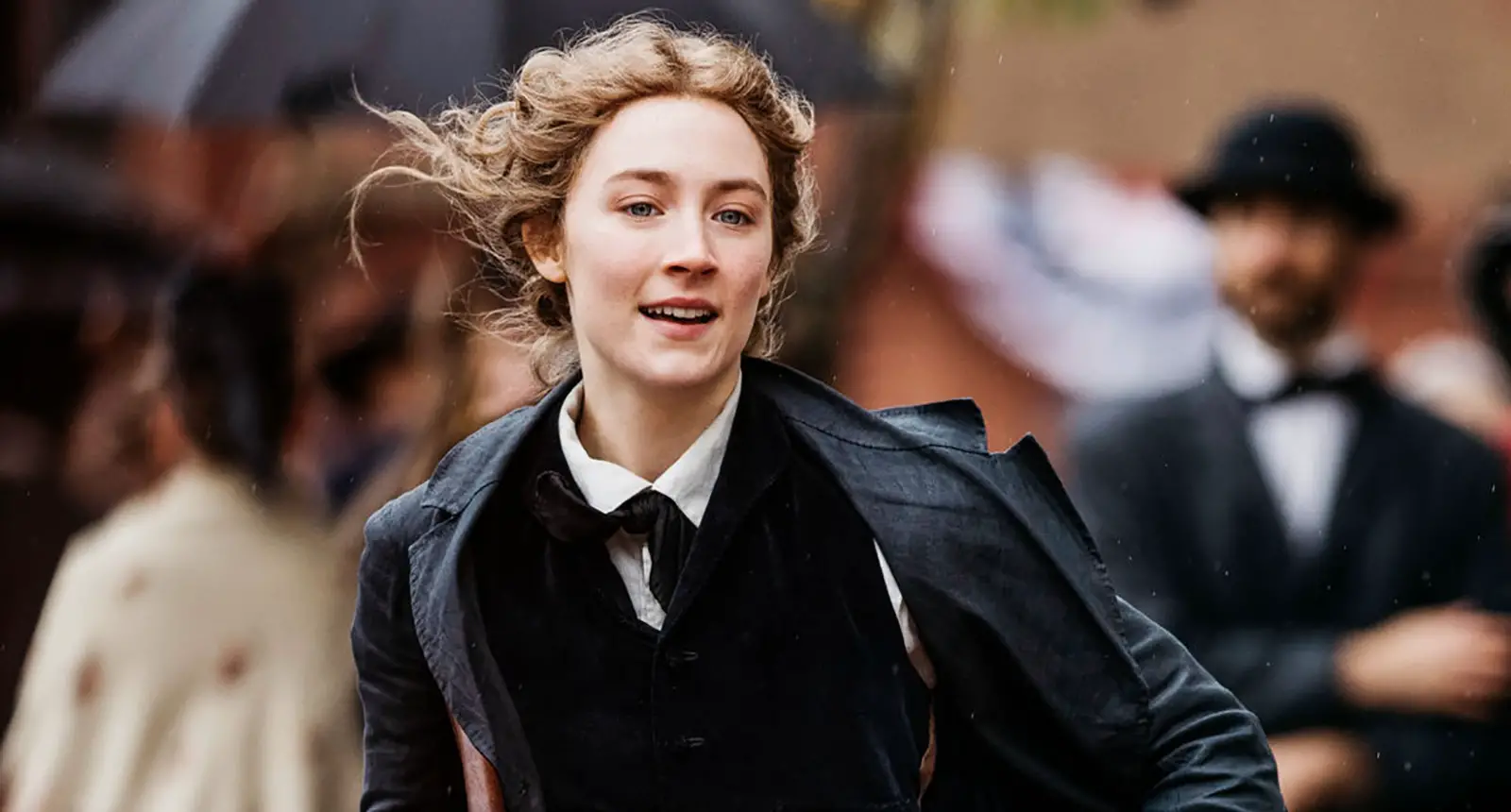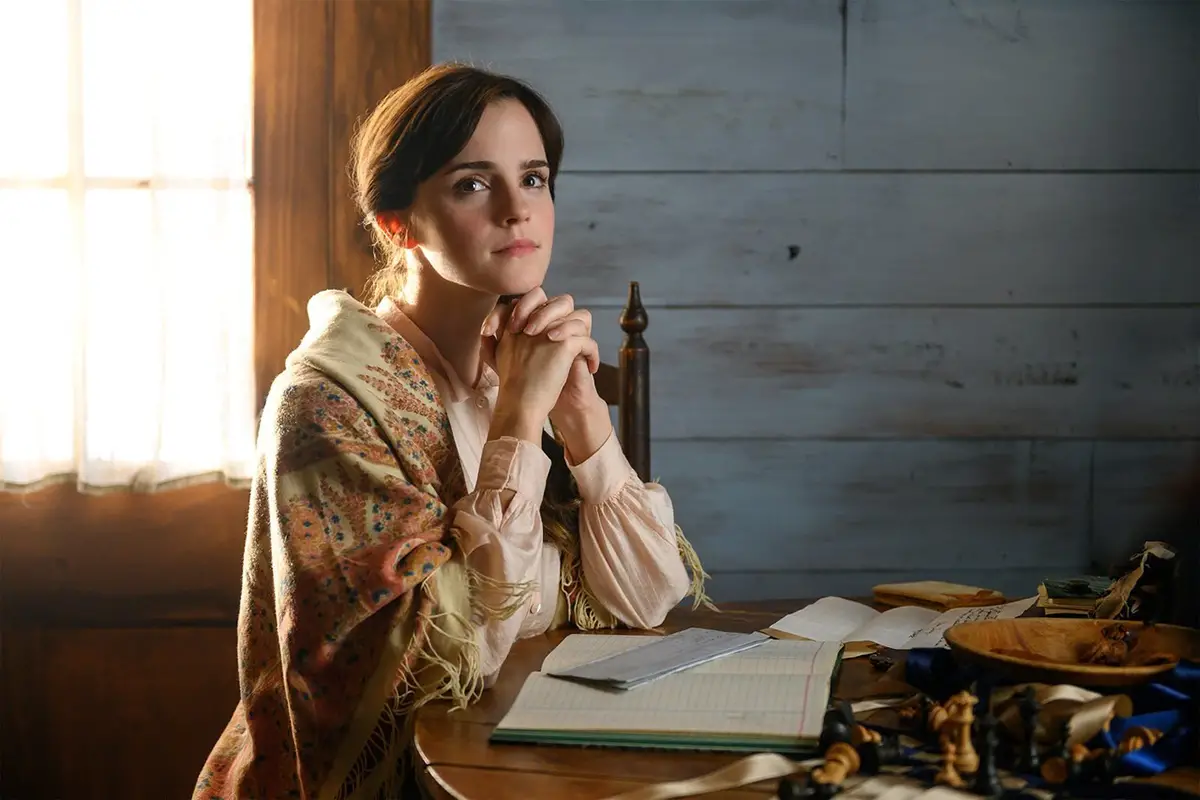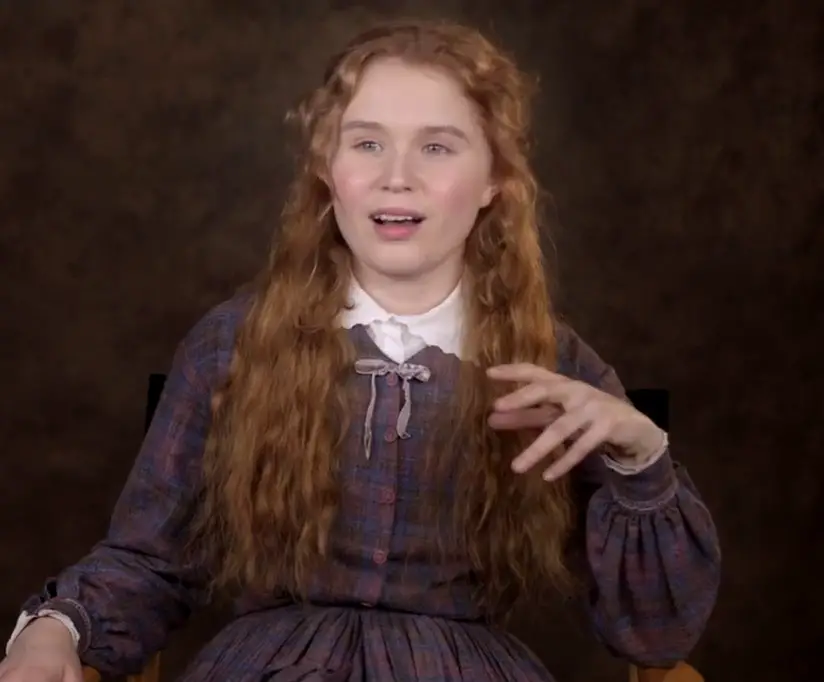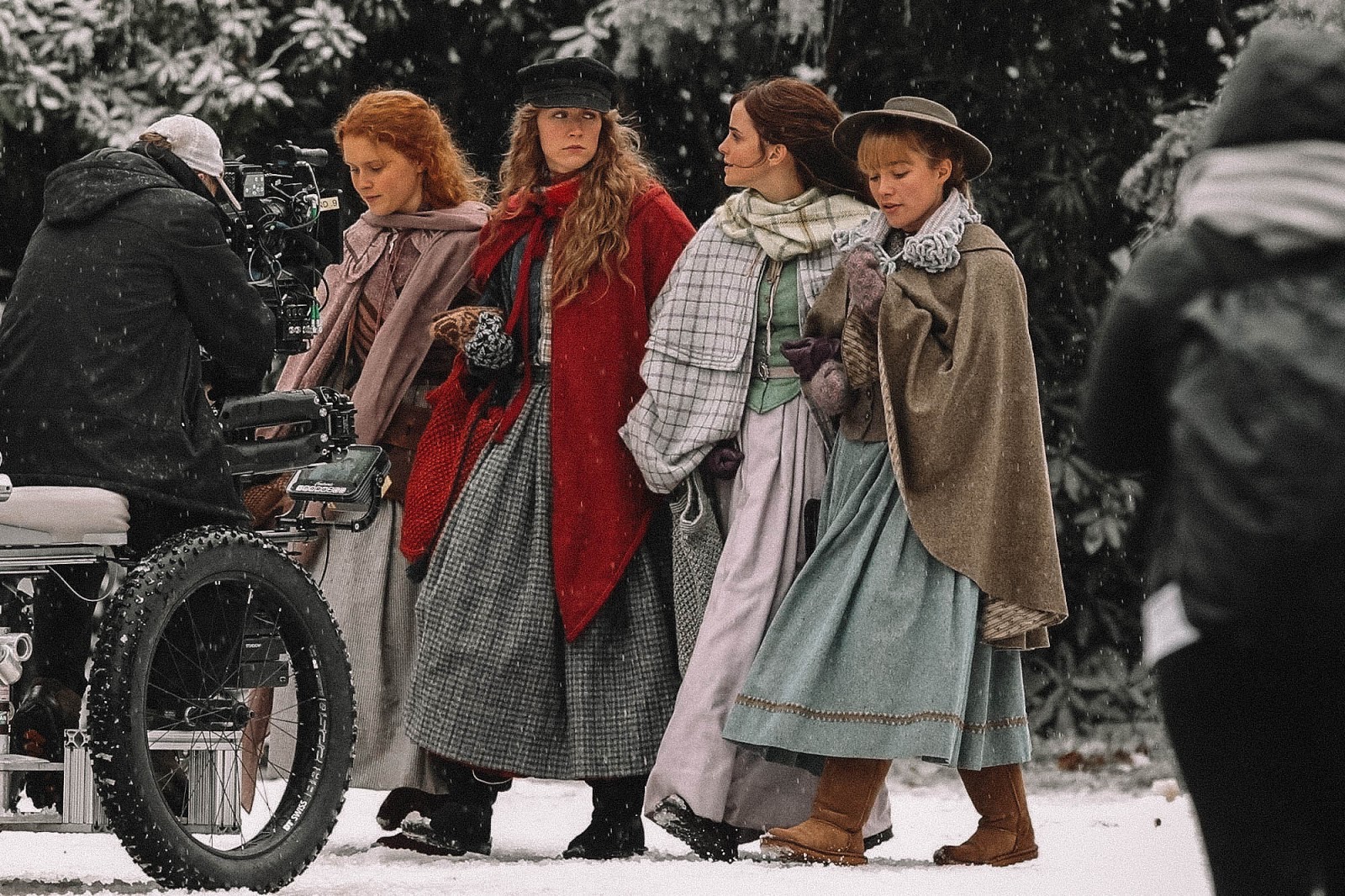The Film Little Women (2019) : Love, Feminism And Tenderness. Little Women: The Meaning Of The Film, Actors And Roles, Plot Analysis, Ending, Review
The message of Little Women (2019) is that everyone, regardless of gender, can overcome themselves and constantly strive for excellence. At first glance, this is a feminist and almost chauvinistic movie. In fact, the picture tells about true values, and tells about love – for relatives, for friends and for life itself.
Plot
The film is based on the books by Louisa May Alcott (“Little Women” and “Good Wives”). Little Women by Greta Gerwig is the eighth film adaptation of the novel of the same name, which was released in 1868-1869.
Summary. War of the American North and South. Four dissimilar teenage sisters are trying to find their place in life. On this path, they fall in love for the first time, are disappointed, suffer from losses – in a word, grow up.
The action takes place in the small town of Concord, Massachusetts. While his father is fighting on the battlefield, his family (wife and four daughters: Meg, Jo, Beth and Amy) lead a measured life in a small estate.
The sisters are surprisingly different from each other, but, despite this, they are connected by sincere love. Each of them has a special “zest”. The eldest, Meg, is a romantic, tender dreamer and has remarkable acting skills.
The middle one, Joe, is a real tomboy. She enjoys writing stories and dreams of becoming a writer. She is the main character of the film.
Beth has musical talent, while Amy, the most capricious and eccentric, demonstrates a bright talent as an artist.
 Frame from the film “Little Women”
Frame from the film “Little Women”
Girls have fun, swear, play pranks – in a word, they behave like typical teenagers. Some of them dream of marriage.
Life is moving forward. The character of the girls is changing, they are growing up, going through difficult times and trying to find their place in this world.
The ups and downs of life temper each of the heroines, make them stronger and wiser. Over time, they do not lose touch with each other; their growing up is not a tragedy, but a happy, natural continuation of life. This is probably due to the deep autobiographical nature of the work: according to critics, the novel is an idealized version of the writer’s growing up story.
Greta Gerwig quite carefully approached the original source, although her film is not a 100% adaptation of the book, but its adaptation, which turned out to be modern in every respect.
It’s both a melodrama and a coming-of-age film. It cannot be said that this is a purely female cinema – men here are capable of real, deep feelings, and thanks to them, the images of the main characters are revealed from all sides.
The picture turned out to be very smooth, exciting, kind and beautiful. The beauty and charm of the film is in the details: each mise en scene is reminiscent of paintings by Morisot and Monet.
In many ways, its softness is achieved thanks to the main characters. But the colors of the landscape scenes, the gentle, floating music of Alexandre Desplat, and the costumes also matter.
Actors and roles
The actors of “Little Women” created a surprisingly harmonious ensemble.
Saoirse Ronan (Joe) perfectly embodied the image of a sort of modern Christina of Pisa – daring, self-confident, ready to defend her rights.
 Jo (actress Saoirse Ronan)
Jo (actress Saoirse Ronan)
Emma Watson (Meg), who has been desperate for years to prove that she is no longer Hermione, got a less difficult role, and she also coped with it perfectly. By the way, the role of Meg was originally intended for Emma Stone, but the actress was busy in another project.
 Meg (actress Emma Watson)
Meg (actress Emma Watson)
Florence Pugh (Amy) portrayed the sometimes constrained, sometimes strict heroine. Emotions and desires are conveyed by her sparingly, restrainedly, but her game cannot be called boring and inexpressive.
 Amy (actress Florence Pugh)
Amy (actress Florence Pugh)
Eliza Scanlen (Beth) had relatively little screen time, but she fit in perfectly with the cast.
 Beth (actress Eliza Scanlen)
Beth (actress Eliza Scanlen)
The eminent Meryl Streep and Laura Dern perfectly “set off” the young actresses.
 Meryl Streep
Meryl Streep Laura Dern.
Laura Dern.
Yes, we can say that women “ruled the ball” on the set. But the male images turned out very well.
Movie idea
The title of the painting can be interpreted in two ways. Putting a logical emphasis on the word “small”, we unwittingly focus on the age of the main characters (their age ranges from 12 to 20 years), and how they try to live in this vast world. By emphasizing the word “women”, we pay attention to how girls behave and what causes their behavior.
The film constantly raises themes of equality, and its message is that women have every right to create and participate in society. And most importantly, they have the right to choose.
Meaning of colors
The plot of the film is tied to a parallel narrative: the viewer is shown a story in the present and in the past at the same time.
The director focuses our attention on the time jump – 5 years. This allows us to trace the changes that have taken place in the inner world of the heroines.
Gerwick uses a favorite technique of art house directors: she plays with colors. In the past of the heroines there are soft warm shades. The present is (partially) grey.
 Frame from the film.
Frame from the film.
The same technique can be traced on the costumes: in their youth, girls put on bright or light dresses – this symbolizes the carelessness and purity of relationships; young little women look at the world trustingly, wide-eyed.
Having matured, the heroines prefer bright colors to softer, more restrained shades, symbolizing growing up, and at times – the collapse of hopes.
Feminism
The heroines are bright and self-sufficient girls. Each of them has certain abilities and tries to realize them. And not all of them dream of connecting life with men.
It cannot be said that the film celebrates modern aggressive (chauvinistic) feminism. The point here is that women are no worse (and not better!) Men. They have every right not to marry and not to devote themselves to the service of their spouse and family.
Louisa May Alcott was a feminist herself: she constantly campaigned for women’s rights. And the writer’s mother was a suffragette. Both of these moments are reflected in her work.
One of the important questions Olcott and Gerwig raised was: “Does a woman have the right to vote?” The answer is unequivocal: yes, it does. Moreover, a woman has the right to many other things – for example, to choose a profession.
contradictions
At the end of the film, Gerwick flirts with the viewer in some way. The ending is portrayed in warm, soft colors only after Joe agrees to change the end of his book.
What was real? What is fiction here? The viewer decides for himself. The beauty of this approach is that any answer will be correct.
The meaning of the ending
The parallel editing of the picture allows the viewer to see two endings and two scenarios for the development of events: an unmarried woman who has become a writer, and married Jo, glowing with happiness at a family celebration. Both endings are true and quite canonical.
Gerwig, a man of the 21st century, went even further than Olcott, and added to the beautiful history of the 19th century the theme of choice: Jo herself decides how to build her life.
In fact, there are not even two endings here, but three: events take place not only in the book present and in book flashbacks, but also in reality. Alcott associated herself with Joe, and most of the screen time the viewer sees Joe. But in the end, it is Louisa May Alcott who married off her alter ego and was able to publish her life’s work.







